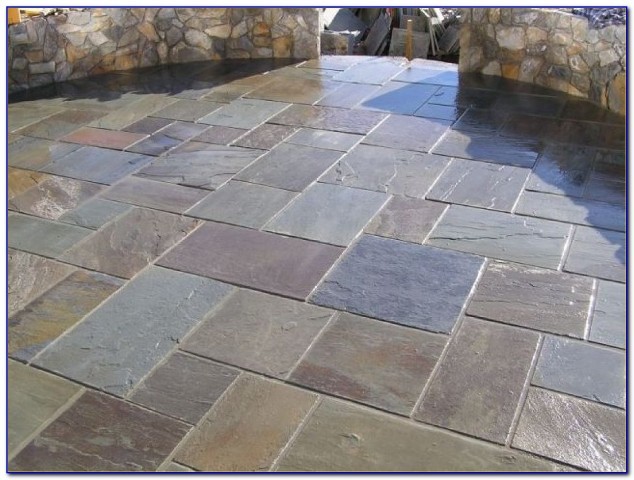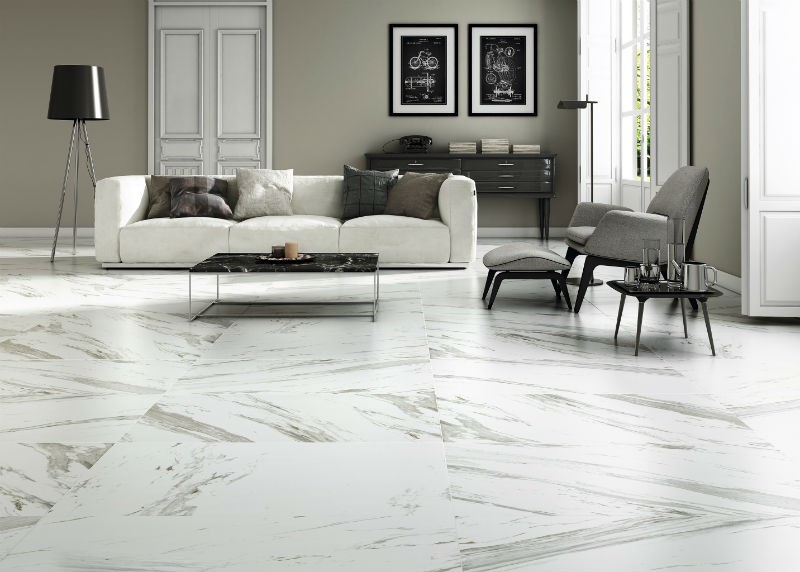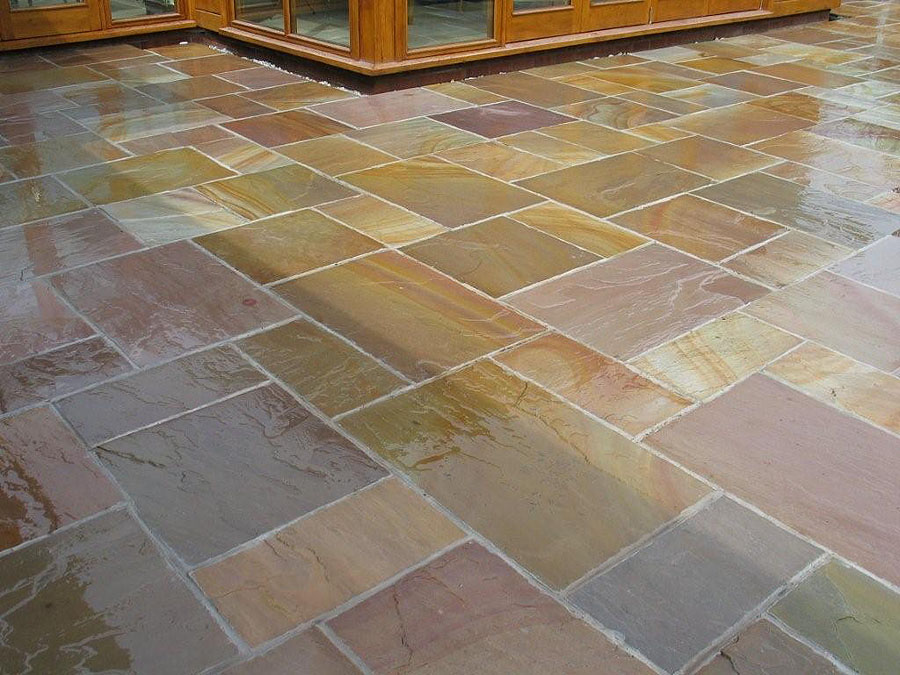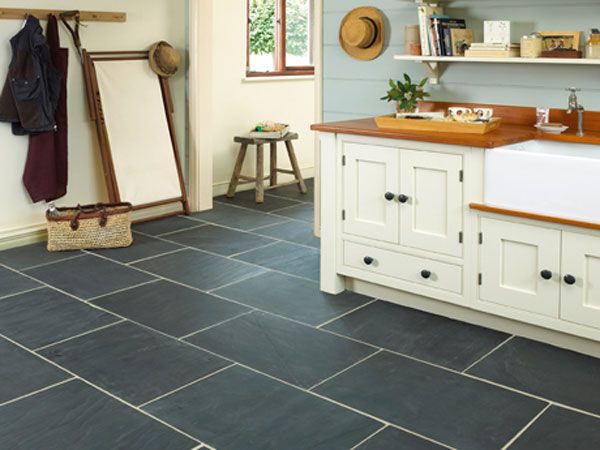Your Guide To Choosing a Natural Stone Floor
Posted on Apr 4, 2018
When it comes to selecting a flooring material, nothing beats the luxuriousness or elegance of natural stone. This highly prized product is sourced from mountain quarries where it forms from various mineral substances over a period of thousands of years.
Some of the most popular types of natural stone floors include marble, travertine, slate, granite, limestone, and sandstone. Each type of stone has its own unique properties and is therefore suited for a particular room within the home.
When you’re shopping around for Indian slate stone floor, it helps to understand the special strengths and characteristics of each stone before making a purchase.
Keep the following guide in mind when choosing a natural stone floor:
Absorption Rating
Absorption refers to the porosity of a material. A high absorption rating means the stone is easily susceptible to staining and cracks resulting from freezing temperatures. Each stone has its own absorption rating. Sandstone is by far the most porous, whereas granite is the least. Limestone, travertine and slate have a medium absorbency rating. In addition, polished stone absorbs less moisture compared to cleft or honed surfaces. A low absorption rating means the stone is almost waterproof even if you leave it unsealed.
You can expect the following absorption ratings:
Non-Vitreous- This is the highest level of absorption. Stones with this rating should not be installed in a damp environment.
Semi-Vitreous- Although less absorbent, with more exposure to liquid, more clean-up is required.
Vitreous- This is a standard level of absorption amongst flooring tiles. A stone with this rating is ideal for mid-level foot traffic areas and some outdoor applications.
Impervious- This type of rating means highly resistant to liquid absorption, therefore easier to maintain. It is most suitable for high traffic or commercial applications.
Natural stone retailers often utilize a grading scheme to rate the quality of the stone. This might refer to the shape, size or thickness of the stone tile, including its surface condition. This grading has three quality levels:
Grade 1- Uniform and high quality
Grade 2- Materials have minor defects such as irregular surfaces, chips and scratches
Grade 3- Major flaws are present in the surface, shape and size. This grade of stone is suitable for rustic décor or as accent pieces.
Friction Coefficient
This refers to how slippery the surface of the stone is. The higher the friction coefficient, the more traction the stone has. This figure is especially important in moist areas such as kitchens and bathrooms.
Outdoor versus Indoor Rating
Some stones are more suitable for outdoor installations and vice versa. The factors stated previously will determine this figure. For instance, non-vitreous tiles are easily impacted by acid rain and dirt, absorption, freezing and cracking. They also have a low friction coefficient and are therefore a slipping hazard.
Oxidation
Since natural stone forms beneath the earth’s surface and requires over a millennia to form, it often contains several unequal elements. Iron is one such element and it lends an amber or reddish hue to the stone’s surface. When such a stone is placed in an outdoor environment, the iron will oxidize from the surface, also called rusting. This contributes to the stone’s degeneration.
When shopping for quality natural stone, consider the room where you want to place this material and the guide mentioned above.


























